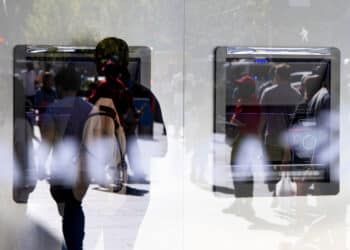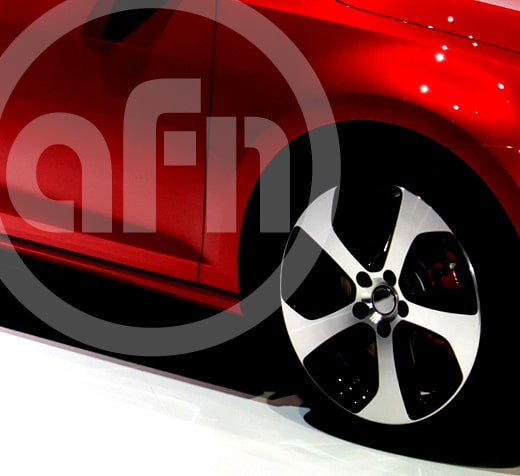Toyota Motor Credit Gets Line Based on CDS Spreads
From the WSJ:
Toyota Motor Credit is one company facing an interest rate tied to the value of credit default swaps on its bonds. Investors bid up the price of these when they believe a company’s financial health is deteriorating. The credit-default swap link provides protection for banks because Toyota probably would only tap the credit line at a time of stress, which would be reflected in the market by higher swap spreads.
Toyota Motor Credit’s new 364-day revolver will allow it to borrow up to $5 billion at a rate tied to its credit-default swap “spread,” ranging from one percentage point to four percentage points over Libor. This spread, which is determined by derivative traders, reflects the cost of insuring the debt from default over one year, and is currently 3.55 percentage points for Toyota Motor Credit, according to Markit, a credit-markets data provider.
“We were fine with the new rate because we don’t need the money right now and we were able to renew for the full amount of the previous facility,” says a spokesman for Toyota Financial Services.
There is a sort of circle dynamic to this. The greater the risk, the higher the CDS pricing, the higher are Toyota’s capital costs — which puts additional financial pressure on Toyota. This is good for bondholders, because it provides them with ample financial protections. On the other hand, I am not so sure Toyota should be “fine” with this new capital benchmark — although I suspect it is nothing more than a reflection of the reality of today’s credit markets.














